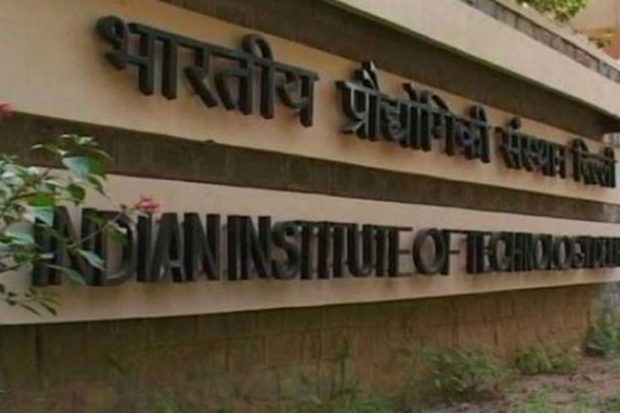
IIT-Madras Scientists Create ‘Space Fuel’ to Curb Global Warming, Hope to Solve Fuel Crisis
Team Udayavani, Jan 9, 2019, 7:04 AM IST

Chennai: Indian Institute of Technology, Madras scientists have created what they call ‘space fuel’ by simulating interstellar conditions in the lab, a method that may be used to convert atmospheric CO2 into a next generation energy source on Earth.
The research, published in the journal Proceedings of the National Academy of Sciences (PNAS), could help curb greenhouse gases as well as provide a new, sustainable source of energy.
“What we have found is that molecules like methane and ammonia in space could exist in a completely different form than what is known to us,” Thalappil Pradeep of Indian Institute of Technology (IIT) Madras told PTI.
Clathrate hydrates are molecules like methane, carbon dioxide, etc, trapped in well-defined cages of water molecules forming crystalline solids.
They are formed at high pressures and low temperatures at places such as the ocean floor, hundreds of metres below the sea level. They are also found in glaciers such as in Siberia.
Such hydrates especially that of methane, are thought to be the future sources of fuel. Many nations across the world including India have programmes to explore hydrates in the ocean bed.
IIT Madras researchers formed such hydrates in vacuum, one thousand billion times below the atmospheric pressure called ultra-high vacuum (UHV) and temperature close to minus 263 degree Celsius. These are the conditions present in deep space.
This discovery of hydrates is highly unexpected at extremely low pressures and ultra-cold temperatures and may have several implications for the chemistry of such atmospheres, Pradeep said.
An experimental UHV was specially built for such studies, which housed several spectroscopic probes. Nanometre thin layers of ice and methane were prepared by condensing a mixture of the gases on a specially made single crystal of ruthenium metal.
The ruthenium metal surface was cooled to low temperatures initially.
The formation of hydrates was studied by spectroscopy. At first, when the gases were deposited, the spectroscopic features resembled solids of methane and water ice.
However, as the hydrate cage formed with methane trapped in it, the molecule became ‘free’ as in the gas phase.
The observed changes were compared with theoretical simulations which confirmed the hydrate formation. The results were verified with the hydrate formed by standard methods.
Cages of water are not expected to form under such conditions as the water molecules are frozen and cannot move at very low temperatures.
“Normally, in UHV experiments, spectroscopic changes are monitored only for minutes, may be an hour. I thought that why not wait for days and keep observing the changes. After all, ice and methane have been sitting in the space for millions of years,” said Pradeep.
“The excitement happened after 3 days. New features started coming. Then of course, several experiments were done under controlled conditions,” he said.
Such hydrates were also formed with carbon dioxide, researchers said.
“Trapping carbon dioxide in hydrates is a way to reduce global warming. One can sequester carbon dioxide gas as solid hydrates under the sea bed,” said Rajnish Kumar, co-author in this study.
In hydrates, molecular confinement can result in new chemistry, especially in presence of cosmic light present in interstellar environment. Understanding this chemistry may be important to better understand the origins of life.
Udayavani is now on Telegram. Click here to join our channel and stay updated with the latest news.
Top News

Related Articles More

Kharge urges PM Modi to conduct last rites of Manmohan Singh at a place where memorial can be built

DGCA orders suspension of 2 Akasa directors for lapses in pilots training

Ex-PM Manmohan Singh’s funeral at Nigambodh Ghat on Dec 28, says MHA

Punjab: Eight killed, many injured in Bathinda bus accident

Abducted and sold at 8, woman reunites with family after 49 years
MUST WATCH
Latest Additions

Two youths die after bike hits canter while performing stunt wheelies

Karkala: Thief posing as customer steals jewellery, escapes

Shivakumar seeks research centre at Bangalore University for Ex-PM Manmohan Singh

Kharge urges PM Modi to conduct last rites of Manmohan Singh at a place where memorial can be built

Shuttler Lakshya sails into semifinals of King Cup
Thanks for visiting Udayavani
You seem to have an Ad Blocker on.
To continue reading, please turn it off or whitelist Udayavani.



















